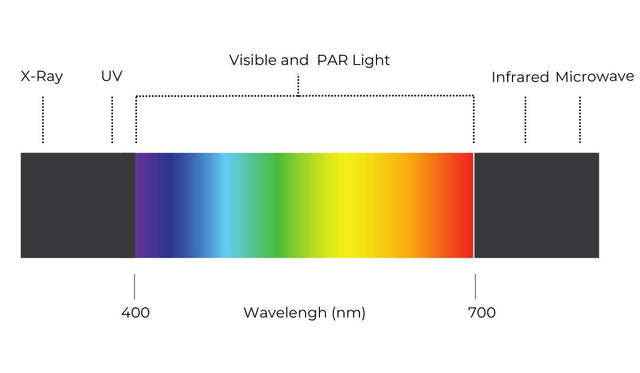DLI or ‘Daily Light Integral’ offers invaluable insights into the perfect light coverage, ensuring your plants bask in just the right amount of light.
To put it simply, it is the amount of useful light intensity received by plants over a day.
DLI is typically expressed in units of moles of photons per square metre per day (mol/m²/d) and is calculated by measuring the amount of photosynthetically active radiation (PAR, the useful light for plants) received by a plant over a 24-hour period.
The ideal DLI varies depending on the type of plant, its growth stage, and the environmental factors. Some plants thrive in high DLI, while other low light plants flourish in lower DLI’s.
For example, plants like chillies, cacti, and succulents that like a lot of light need a high DLI, and lower light plants like snake and prayer plants can thrive with a lower DLI.
So, how can you create the ideal DLI for your leafy companions? Start by investigating the optimal photoperiod (i.e. the duration of time that a plant requires light exposure in a 24-hour period) and adjusting the height of your grow lamp to adjust the light intensity.
Read here for a practical guide on measuring the light intensity and calculating the DLI.
Our Indoor grow guide is a treasure trove of information, revealing the perfect DLI range for popular indoor plants and the grow light's ideal height. Remember, lowering the lamp intensifies the light but narrows the coverage area, while raising it does the opposite. Trust in the DLI, and watch your indoor garden flourish under its guiding wisdom!
💡 Key Takeaway: The amount of light a plant receives over a day is crucial for its growth. You can increase this by extending the grow light duration or moving the light closer. For optimal results, measure the light intensity and calculate the DLI to make precise adjustments.
Find similar articles:
Lighting Science & MetricsMentioned in this article
More stories

10 Beautiful plant stands UK

